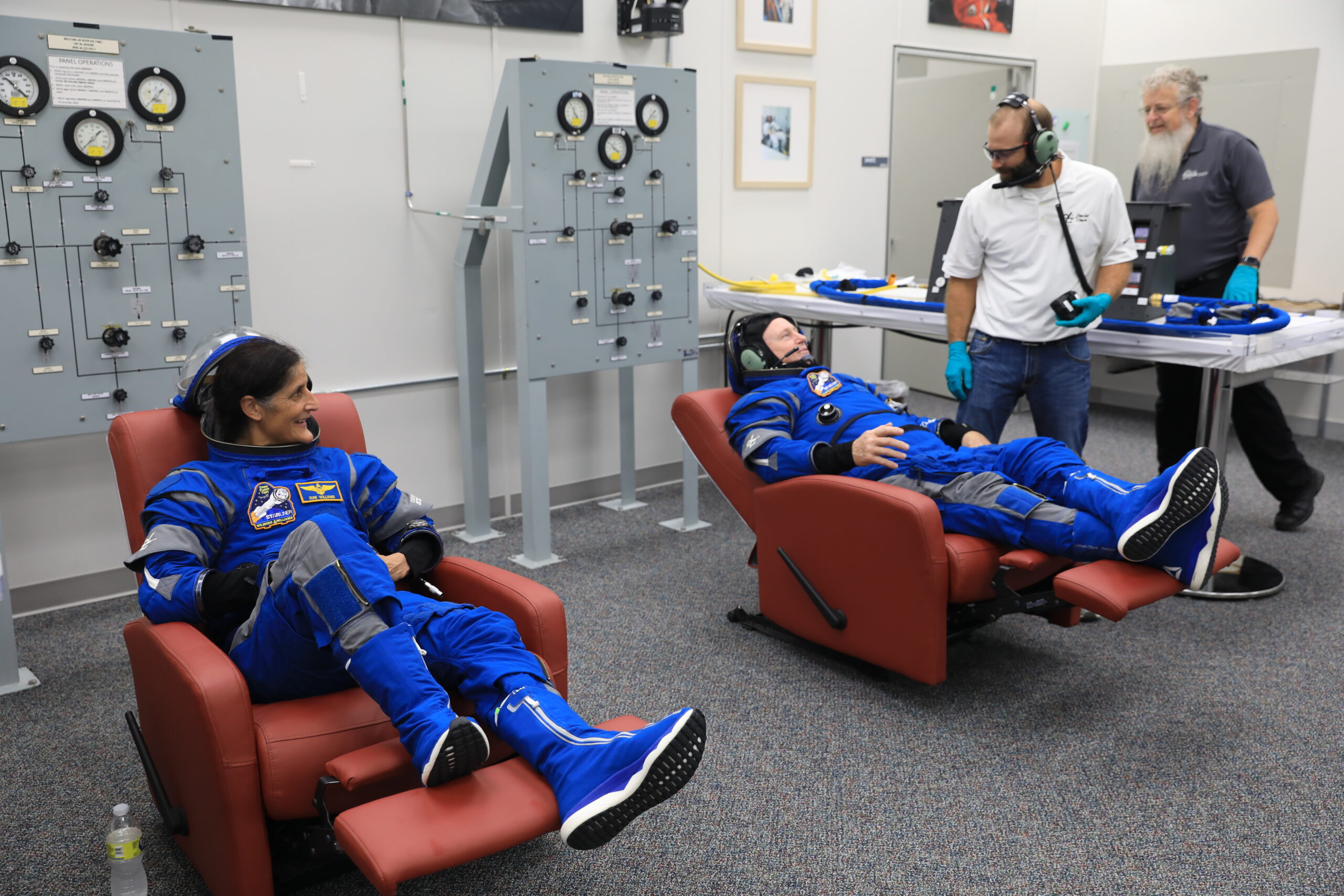
Teams from NASA, Boeing and United Launch Alliance (ULA) are tracking No Earlier Than (NET) 21 July for the launch of the long-awaited Crew Flight Test (CFT) of the CST-100 Starliner spacecraft to the International Space Station (ISS). Originally targeting liftoff atop a mighty ULA Atlas V booster from Space Launch Complex (SLC)-41 at Cape Canaveral Space Force Station, Fla., in the second half of April, the mission—crewed by Commander Barry “Butch” Wilmore and Pilot Suni Williams—has slipped by almost 12 weeks to midsummer in response to issues pertaining to product certification, hardware/software testing and a busy ISS visiting vehicle manifest.
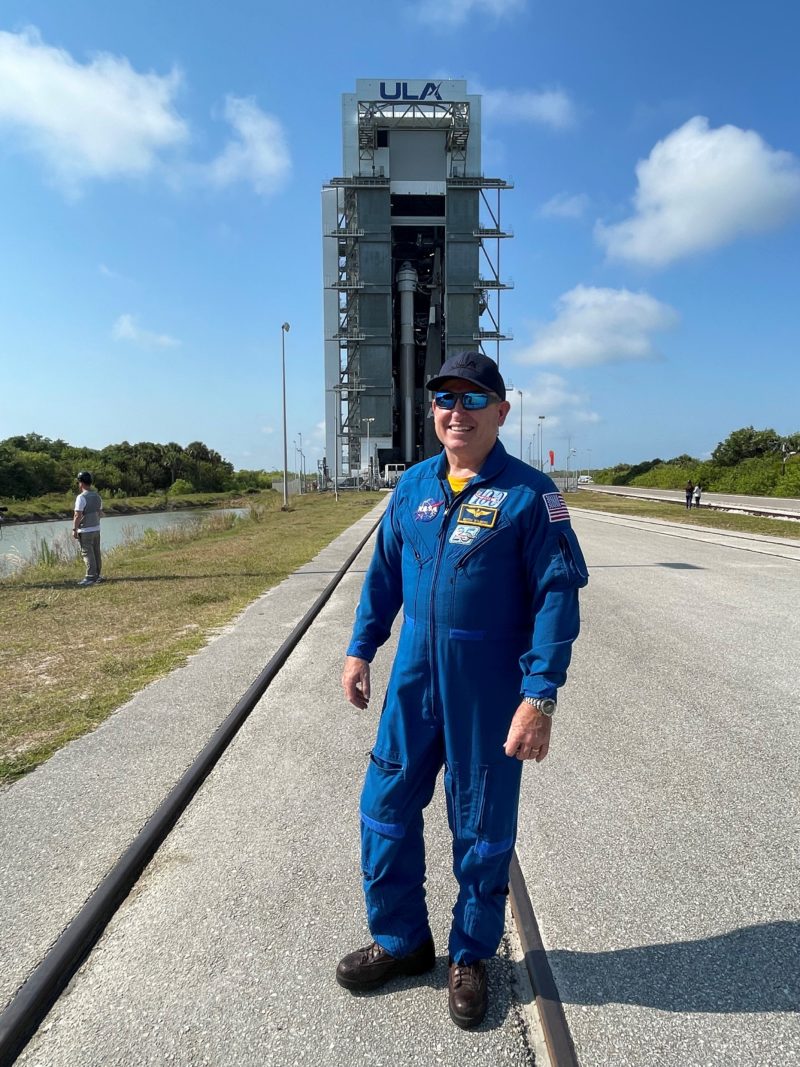
Wilmore and Williams, both veteran astronauts with multiple sessions of Extravehicular Activity (EVA) and a pair of ISS commands under their belts, have each flown two prior missions. During CFT, they will perform a complete shakedown of Boeing’s Starliner, from launch and orbital operations, to rendezvous, docking and undocking at the space station and return to Earth, alighting on solid ground at White Sands Space Harbor (WSSH) in New Mexico, after a mission lasting a minimum of eight days.
Wilmore previously served as pilot of shuttle Atlantis on the 11-day STS-129 mission in November 2009, before commanding Expedition 42 during a 167-day ISS increment from September 2014 through March 2015. For her part, Williams recorded the longest single mission ever undertaken by a woman when she spent 195 days in space during Expedition 14/15 between December 2006 and June 2007, then went on to command Expedition 33 during a 127-day ISS increment in July-November 2012.
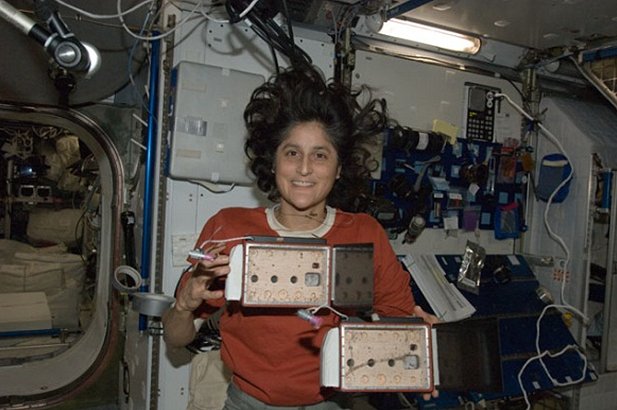
All told, the duo have spent almost 500 days in space, completing 11 spacewalks and chalking up more than 76 cumulative EVA hours. And Williams also held the empirical record from September 2012 until March 2017 for the greatest number of spacewalking hours attained by a woman.
Wilmore and Williams’ places on this mission represent a stark shift from the original CFT crew complement of NASA astronauts Nicole Mann and Eric Boe, plus the final Space Shuttle commander and senior Boeing executive Chris Ferguson, who were assigned to the mission in August 2018. Boe withdrew from the crew in January 2019 due to an undisclosed medical issue and replaced by veteran ISS commander Mike Fincke.

Then, in the fall of 2020 Ferguson also stepped down from commanding CFT, for family-related personal reasons. His place was taken by Wilmore, who had shadowed the CFT crew in a backup capacity since July 2018.
But still more changes were afoot. In October 2021, NASA rotated Mann out of CFT and into the command of Crew-5, shifting her focus from the CST-100 Starliner over to SpaceX’s Crew Dragon. Mann’s departure meant that none of the original CFT line-up from August 2018 will now end up flying the mission.
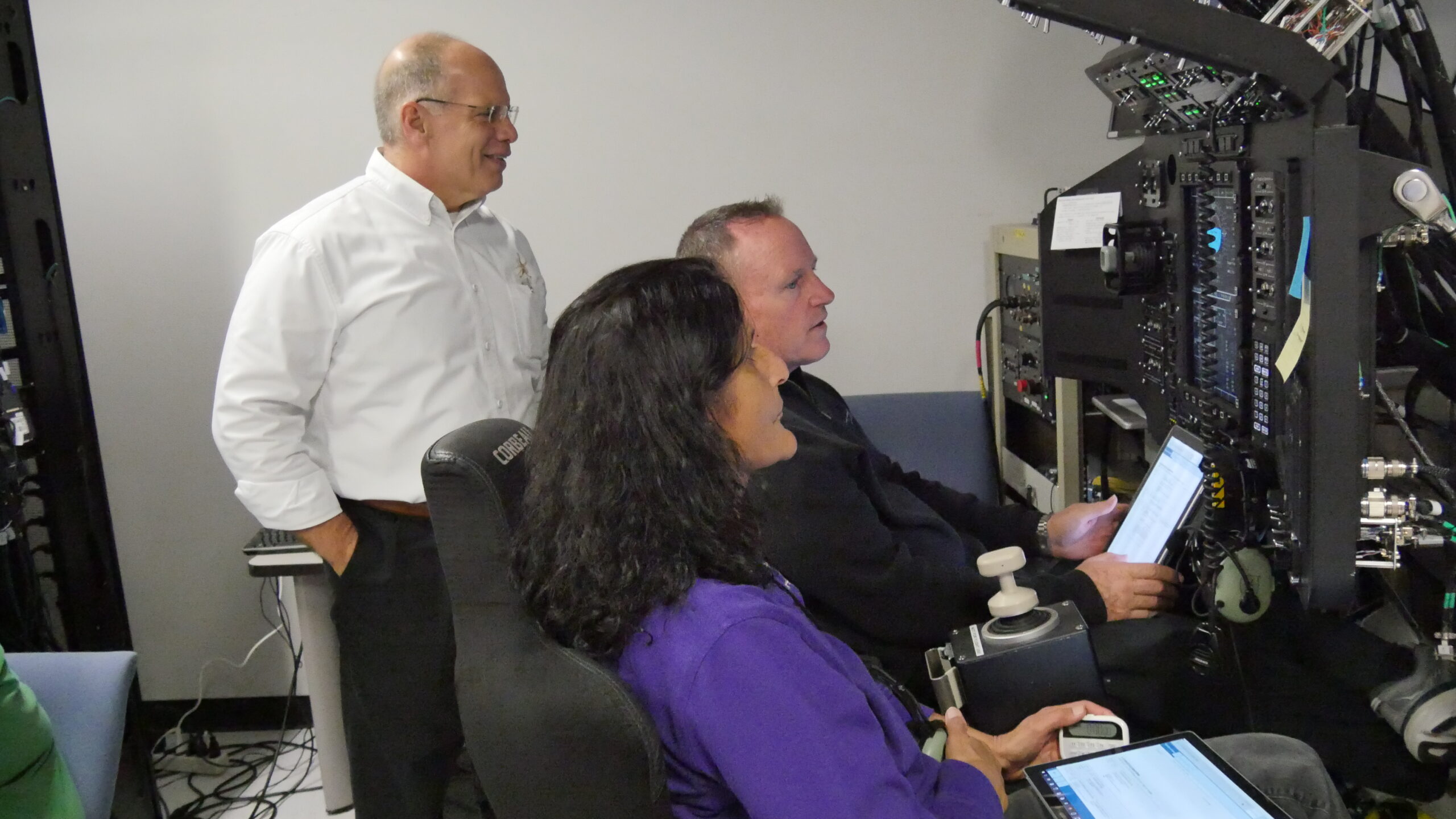
Wilmore and Fincke continued training for CFT until June of last year. At that point, NASA announced that Wilmore would retain his place in command but would be joined in the pilot’s seat by Williams. Per the August 2018 announcement, Williams was originally slated to command the first “operational” crew rotation flight, Starliner-1—also known as Post-Certification Mission (PCM)-1—which is now scheduled to fly late next year with a four-person crew, likely including a Canadian astronaut.
This unsettled crew picture was mirrored by an unsettled few years for the program. Boeing won a $4.2 billion “slice” of NASA’s Commercial Crew contract back in September 2014 and launched the uncrewed Orbital Flight Test (OFT)-1 of the CST-100 Starliner to the ISS in December 2019. But soon after reaching orbit, Starliner suffered an automated timing issue which obliged flight controllers to call off its docking and it returned to Earth a couple of days later.
In doing so, OFT-1 became the first U.S. human-rated capsule to touch down on solid ground when it landed via parachutes and airbags at White Sands. Despite the disappointment of an incomplete mission, OFT-1 successfully trialed Starliner’s propulsion systems, communications systems, Guidance, Navigation and Control (GNC), the Environmental Control and Life Support System (ECLSS) and—via a series of in-flight extension/retraction tests—the NASA Docking System (NDS).
In April 2020, Boeing announced its intent to refly the mission, but additional troubles found OFT-2 delayed further from January 2021 to late spring and ultimately last summer. After being postponed a few additional days when Russia’s Nauka (“Science”) lab experienced a troubled approach and docking at the ISS, another problem in the form of an “unexpected valve position indication” in Starliner’s oxidizer system reared its head only hours before launch in early August 2021.
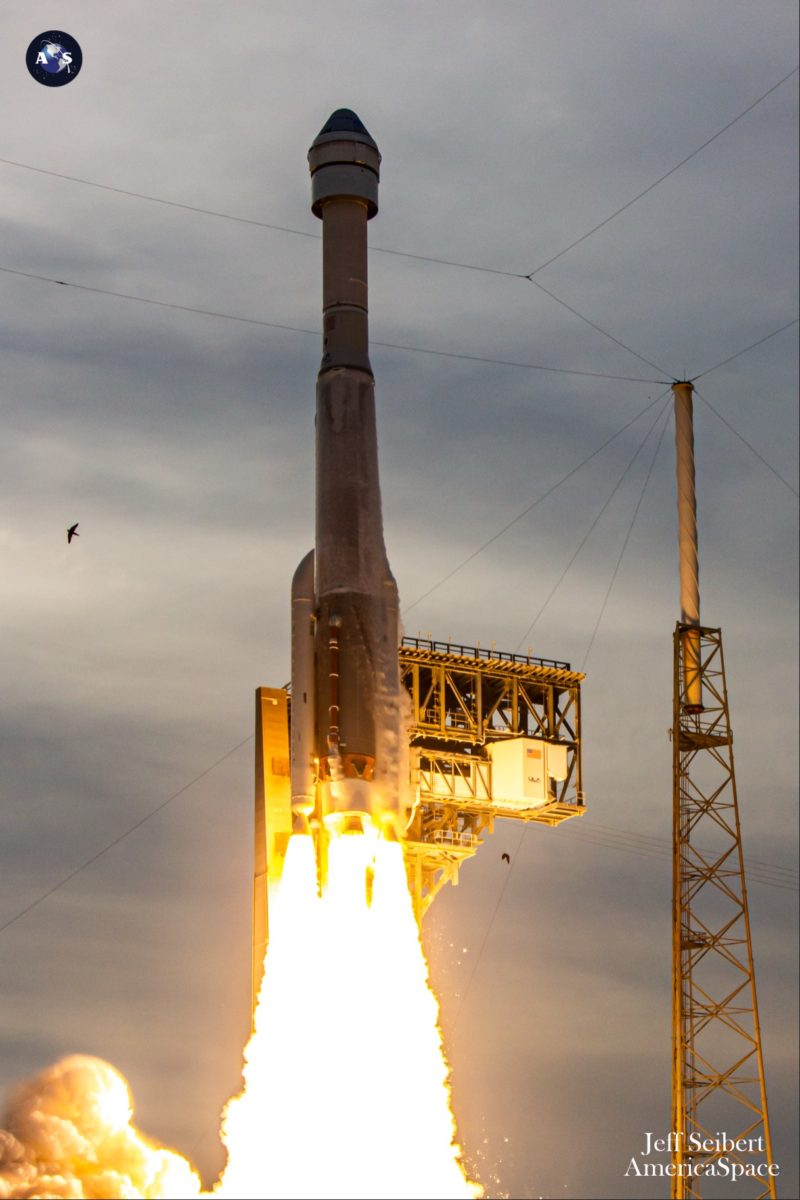
The valves, which are linked to Starliner’s abort and maneuvering thrusters, failed to open as designed during the countdown. The launch attempt was scrubbed and OFT-2 was stood down indefinitely as teams dug in to understand and resolve the issue.
At long last, the mission got underway at 6:54 p.m. EDT on 19 May of last year, rising atop an Atlas V from the Cape’s SLC-41. Aboard Starliner for the OFT-2 mission was “Rosie the Rocketeer”, an anthropometric instrumented dummy, clad in Boeing’s blue launch and entry suit, together with 500 pounds (225 kilograms) of NASA cargo and 300 pounds (135 kilograms) of Boeing cargo.
Starliner docked autonomously at the ISS the next day and was accessed and unloaded by the incumbent Expedition 67 crew. The spacecraft returned safely to Earth on 25 May, touching down at White Sands at 4:49 p.m. MDT (6:49 p.m. EDT) to wrap up a flight of five days, 23 hours and 55 minutes.
Late last August, NASA and Boeing leaders reported that the spacecraft’s integrated systems “performed extremely well” during OFT-2, although several “open” areas of work remained to be resolved prior to CFT. A No Earlier Than (NET) launch date of December 2022 slipped into late February, and eventually mid-to-late April, in order to “deconflict” a busy manifest of visiting vehicle traffic at the space station, before today’s announcement pushed the mission deeper into the summer.
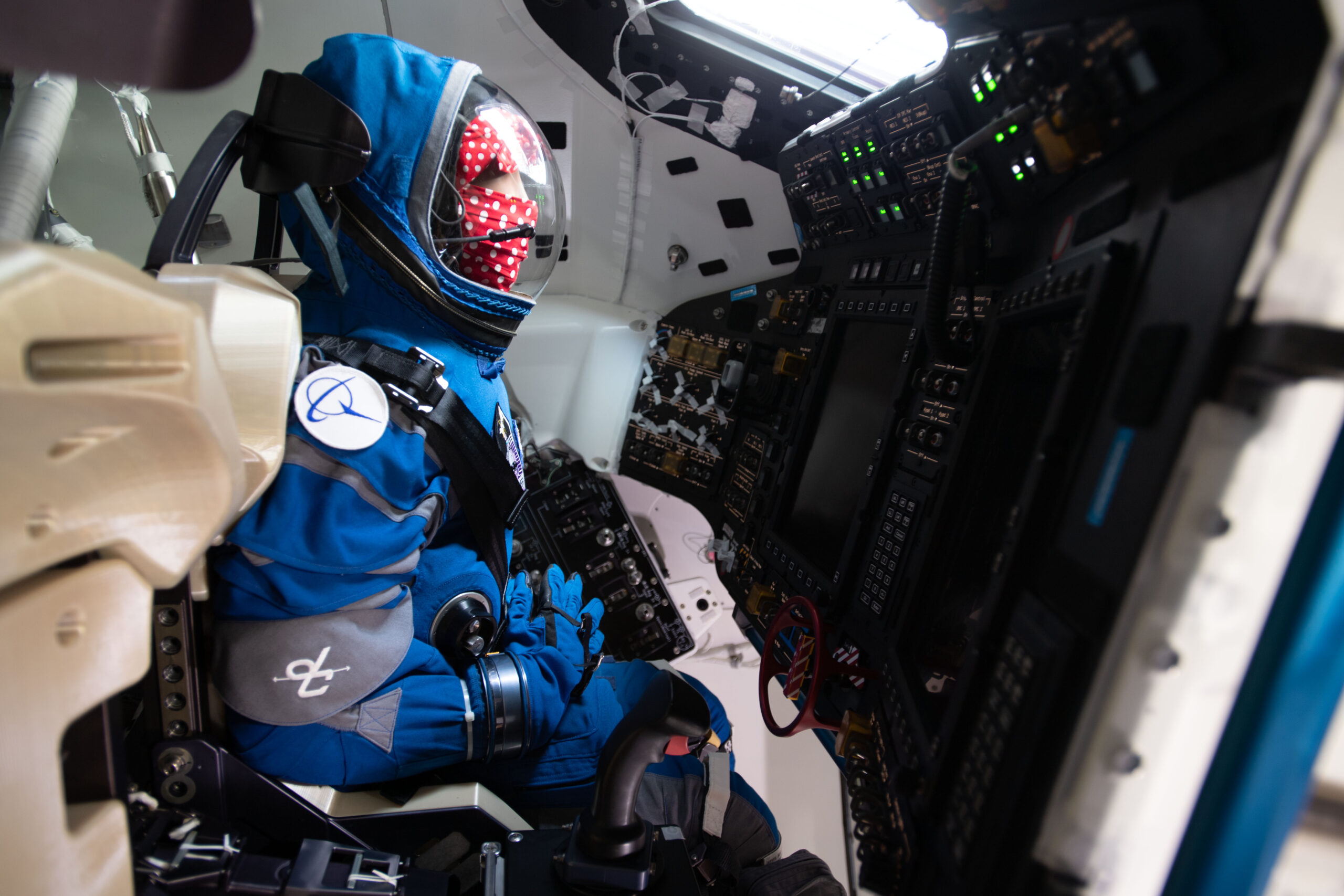
According to a panel of NASA and Boeing leaders, speaking at a media teleconference on Wednesday, the extensive delay has been triggered by several outstanding work items and certification products associated with the spacecraft. Additionally, CFT needs to fit within an increasingly heavy ISS visiting vehicle and operations manifest over the late spring and early summer period.
The incumbent ISS crew—which transitioned from Expedition 68 to Expedition 69 earlier this week, following the departure of the uncrewed Soyuz MS-22 spacecraft—has a busy few weeks ahead, with the departure of the CRS-27 Cargo Dragon due on 15 April and a U.S. EVA “likely” planned for 28 April to lay cables for a future ISS Roll-Out Solar Array (iROSA) to augment Power Channels 1A on the station’s S-4 truss and 1B on the S-6 truss. Both power channels received iROSA modification kits during a pair of Expedition 68 EVAs earlier this spring.
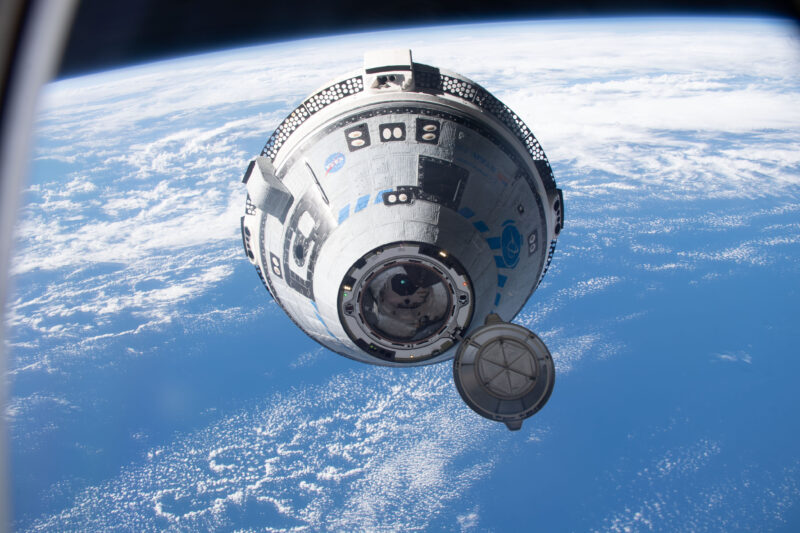
Additionally, the 28 April EVA will involve the retrieval of Radio Frequency (RF) Group hardware from a hard-failed S-band Antenna Subsystem Assembly (SASA), which was removed by Expedition 66 spacewalkers Tom Marshburn and Kayla Barron in December 2021. The hardware will return to Earth aboard SpaceX’s CRS-28 Cargo Dragon later this summer for refurbishment and a future launch back to the ISS.
Also complicating the schedule mix are a pair of Russian EVAs in April, the launch of AxiomSpace, Inc.’s two-week Ax-2 visiting mission in early May and the arrival of the month-long CRS-28 in June. With only two International Docking System Standard (IDSS)-compatible ports on the U.S. Operational Segment (USOS)—one of which will be occupied until August by Crew-6’s Dragon Endeavour, with the CRS-27 Cargo Dragon filling the other port until 15 April—it can be readily understood how visiting vehicle manifests can quickly become saturated.
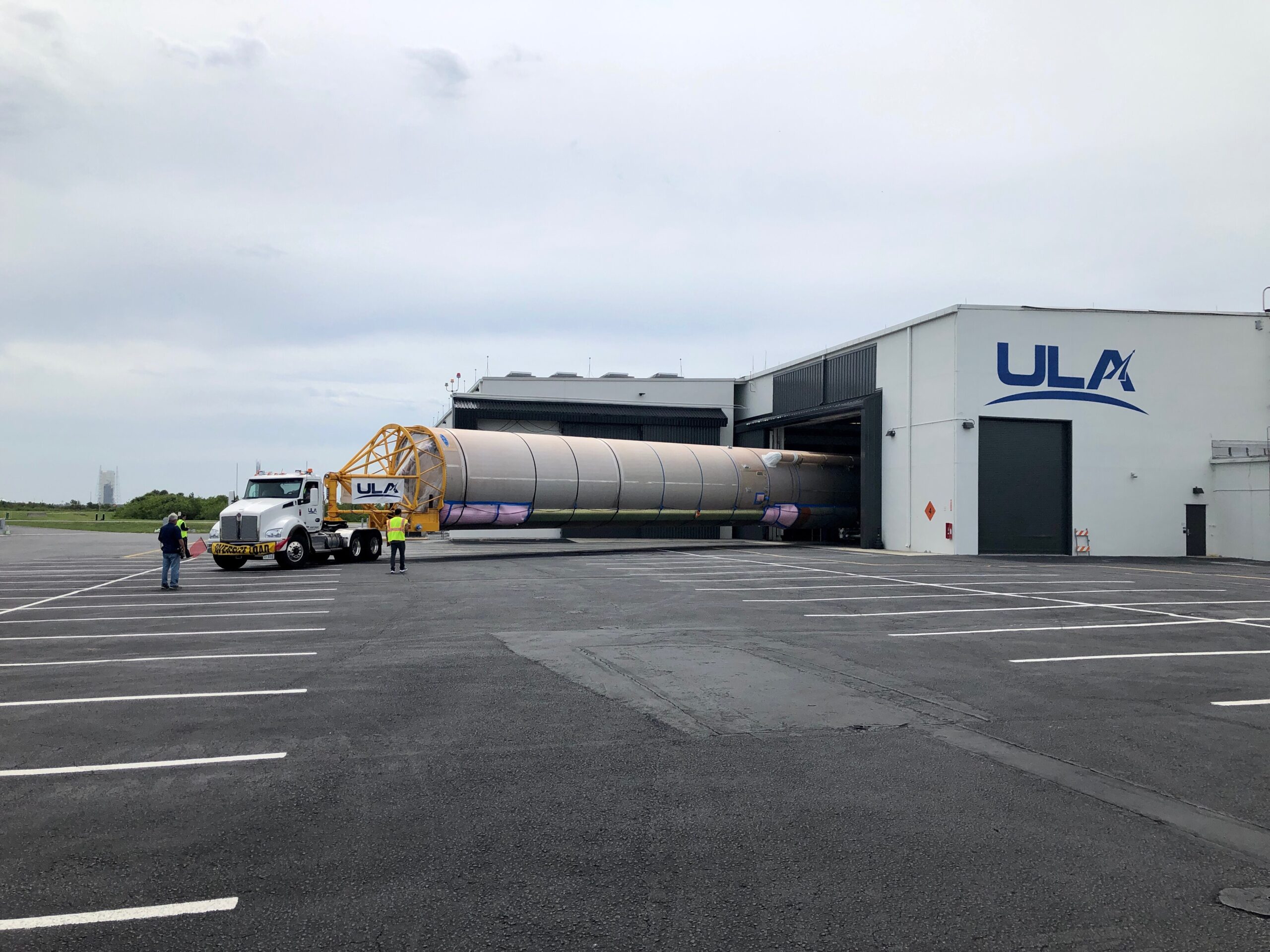
Wilmore and Williams are baselined for a “minimum” eight-day mission, although there is scope to extend their stay if necessary, with the no definitive limit offered on exactly how long CFT could remain aloft. But with Crew-7—composed of NASA astronaut Jasmin Moghbeli, Denmark’s Andreas Mogensen of the European Space Agency (ESA), Russian cosmonaut Konstantin Borisov and Satoshi Furukawa of the Japan Aerospace Exploration Agency (JAXA)—scheduled to ride Dragon Endurance to the ISS in mid-August, it seems not unreasonable to infer that CFT will need to be back on the ground around the beginning of that month at the latest.
NASA Commercial Crew Program Manager Steve Stich also noted that ULA’s Vulcan-Centaur is targeting May 2023 for its maiden launch, with an Atlas V competing for Eastern Range support (and its own spot on SLC-41) in the second half of July. Mr. Stich did not identify the payload for this Atlas V, although he did allude to ongoing work with the U.S. Space Force on a forward path, suggesting it might be the USSF-51 classified payload, previously slated to fly in the second quarter of the year.
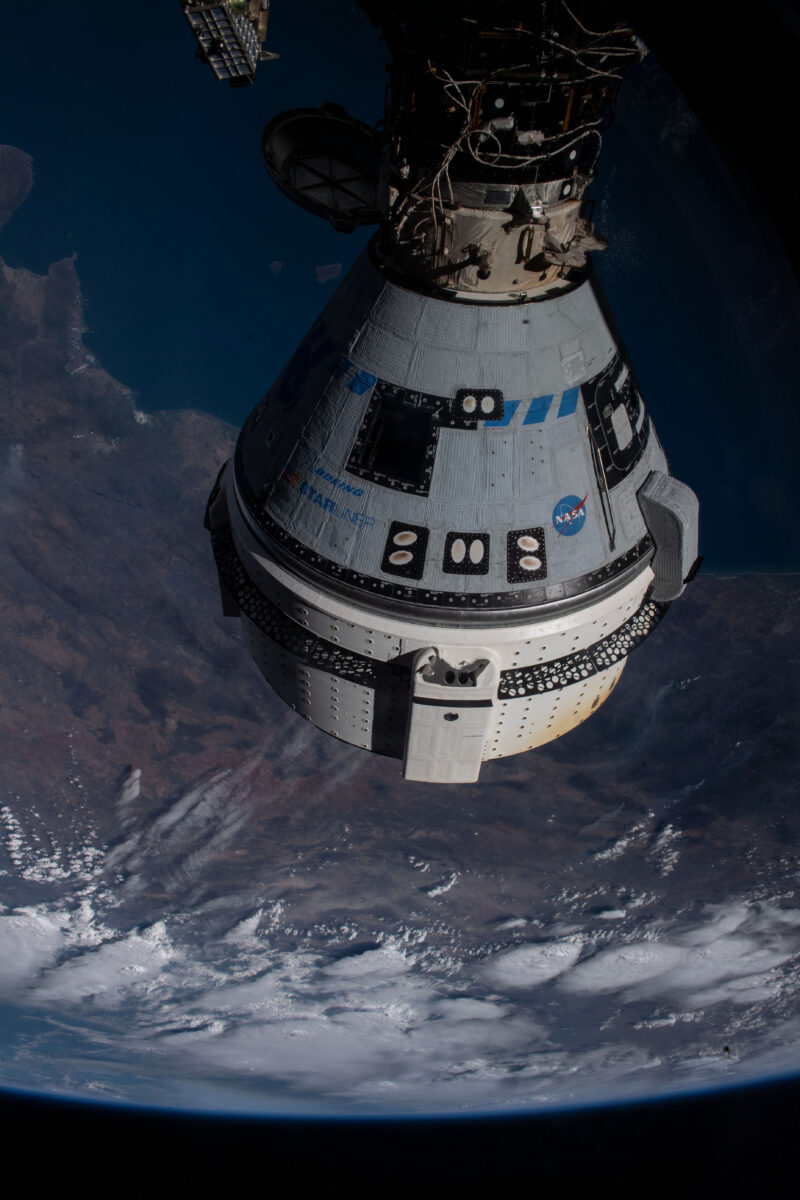
Turning to Starliner’s ongoing technical issues, Boeing Vice President and Program Manager of the Commercial Crew Program Mark Nappi noted that final testing of the spacecraft is complete, with fueling expected about 40 days prior to launch, placing it in early to mid-June. He added that additional testing of integrated hardware and software products should wrap up by the end of April and Mr. Stich pointed out that certification of items associated with trajectory and parachute system margins will close out in May.
CFT marks the first flight of humans on an Atlas rocket since “Original Seven” Mercury astronaut Gordon Cooper flew the Faith 7 mission back in May 1963. The 107-foot-long (33-meter) Common Core Booster (CCB) and 41.5-foot-long (12.6-meter) Dual-Engine Centaur (DEC) upper stage for Wilmore and Williams’ Atlas V was delivered from ULA’s 1.6-million-square-foot (150,000-square-meter) facility in Decatur, Ala., to the Cape, in June 2021, and ensconced in the Atlas Spaceflight Operations Center (ASOC) for pre-launch processing. And the Launch Vehicle Adapter (LVA)—which connects the Atlas V’s Centaur upper stage with the CST-100 Starliner—arrived in Florida in February of last year.
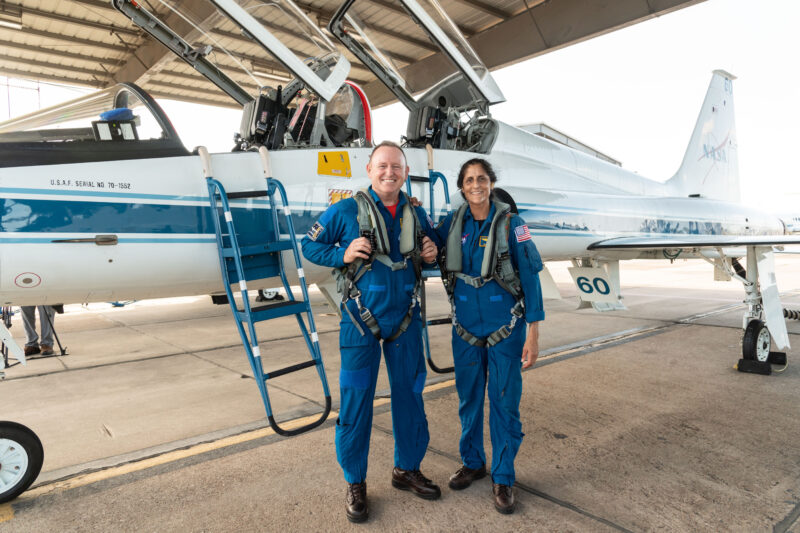
The Crew Module (CM) assigned to CFT is the same capsule (named “Calypso”) that flew December 2019’s OFT-1 mission. Paired with a brand-new Service Module (SM), the two components were structurally mated last 19 January in the Commercial Crew and Cargo Processing Facility (C3PF) at the Kennedy Space Center (KSC).
AmericaSpace understands that after the completion of CFT, at least a year will elapse before the launch of the first “operational” ISS mission, designated Starliner-1, due in part to battery and spacecraft lifetime issues. Last September, veteran NASA astronauts Scott Tingle and Mike Fincke were assigned to command and pilot Starliner-1, which will now likely fly no sooner than August-September 2024. A third seat on the mission may go the Canadian Space Agency (CSA)—possibly Josh Kutryk—with NASA astronaut Jeanette Epps having been previously assigned to Starliner-1 back in August 2020.




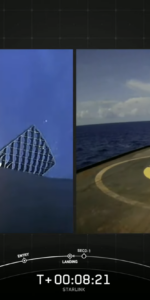
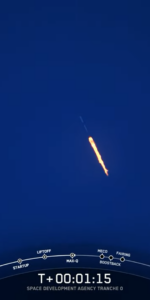
4 Comments
4 Pings & Trackbacks
Pingback:SpaceX Flies Third Starlink Mission of May, Attention Turns to Next Week’s Ax-2 Launch - AmericaSpace
Pingback:As Year’s 30th Falcon 9 Flies, SpaceX Scrubs Iridium/OneWeb Launch, Watches Ax-2 Weather - AmericaSpace
Pingback:ULA “Go” for Wednesday Pre-Dawn NROL-68 Launch - AmericaSpace
Pingback:Boeing, NASA Updates CFT Progress, Launch Readiness Expected NET March 2024 - AmericaSpace